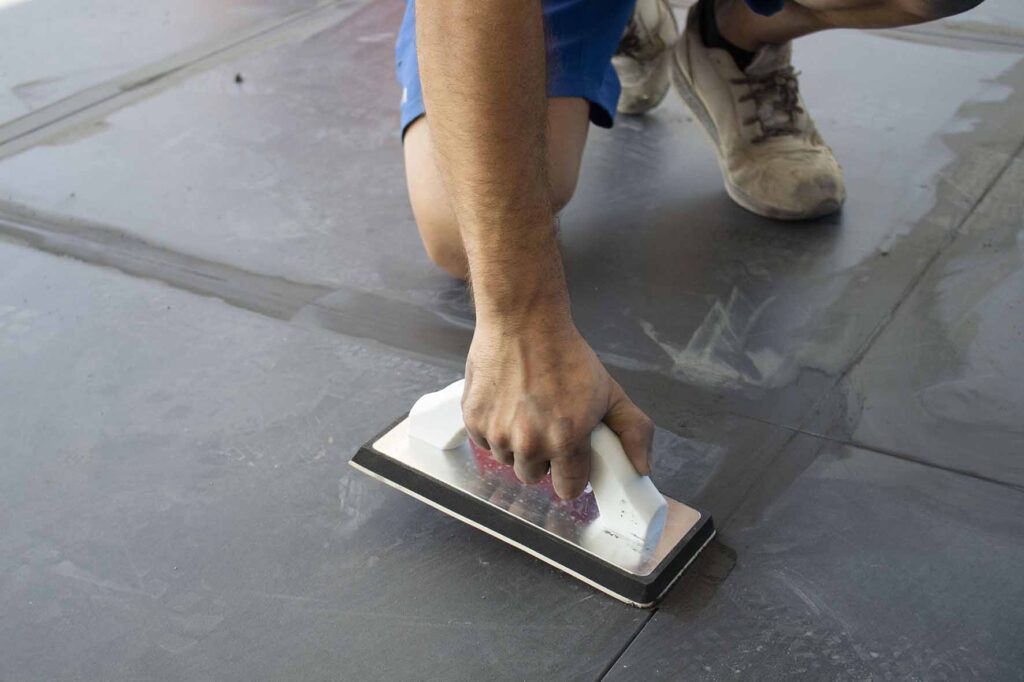You may think that fixing a leaking wall is a complicated and costly endeavor; however, with a few simple steps, you can tackle this issue effectively. Imagine coming home to a dry, damage-free wall without the worry of water seeping through. By addressing the root cause of the leak and implementing practical solutions, you can safeguard your wall and prevent further water damage. Want to know how? Let’s explore some straightforward yet effective strategies that can help you stop your wall from leaking water.
Identifying the Leak Source
- To begin identifying the source of a leak in a wall, first examine the areas where water is visibly seeping through or accumulating. Water seepage can often indicate the precise location of the leak. Check for any discoloration or dampness on the wall surface, as these are common signs of a leak. Look for any cracks, gaps, or holes in the wall where water could be entering. It’s crucial to inspect both the interior and exterior of the wall to determine the extent of the leak.
- Leak detection tools such as moisture meters or infrared cameras can be incredibly useful in pinpointing the exact source of the leak. These tools can help you identify hidden areas of water intrusion that may not be visible to the naked eye. Pay close attention to areas around windows, doors, plumbing fixtures, and the roof, as these are common culprits for wall leaks.

Assessing Wall Damage
- Inspect the wall for any visible signs of damage such as cracks, bulges, or peeling paint to assess the extent of water intrusion and potential structural issues. Use a moisture detection tool to identify areas with high moisture levels, as these can indicate the presence of water infiltration within the wall. Look for discoloration or staining, which could point to ongoing water damage. Pay close attention to any areas where the paint is bubbling or flaking, as this may signify trapped moisture trying to escape.
- During the wall inspection, check for any soft spots or areas that sound hollow when tapped, as these could indicate structural damage caused by water weakening the wall material. Be thorough in your assessment, examining both the interior and exterior of the wall for comprehensive evaluation. Take note of any musty odors, as these can also be a sign of hidden water damage. By identifying and addressing these issues promptly, you can prevent further damage and ensure the integrity of your wall.
Repairing Cracks and Gaps
- After identifying cracks, bulges, or peeling paint during your wall inspection for water damage, the next step is to address these issues by repairing any cracks and gaps present in the wall. To effectively stop water leakage through these openings, you can utilize various sealing methods. One DIY option is to use silicone caulk to seal small cracks and gaps. Make sure to clean the area thoroughly before applying the caulk and allow it to dry completely for a watertight seal.
- For larger crevices, consider using epoxy filler, which provides a strong and durable seal once cured. When applying epoxy filler, follow the manufacturer’s instructions carefully for the best results. Additionally, prevention techniques such as maintaining proper drainage around the exterior of your home can help reduce the likelihood of cracks forming due to water pressure. If you’re unsure about the extent of the damage or lack confidence in your DIY skills, seeking professional assistance is advisable to ensure the cracks and gaps are repaired effectively.
Waterproofing Solutions
- Consider utilizing specialized waterproofing products to create a protective barrier against water infiltration in your walls. Waterproofing membranes are an effective solution to prevent water penetration through the walls. These membranes are designed to be applied directly onto the surface and act as a barrier against moisture. They come in various forms such as sheets, liquids, or sprays, providing flexibility in application based on your wall’s specific needs.
- In addition to waterproofing membranes, exterior sealants play a crucial role in keeping water out of your walls. These sealants are applied to the exterior surface of the wall, creating a protective layer that repels water and prevents it from seeping into the structure. When selecting an exterior sealant, ensure it’s specifically designed for the material of your wall to maximize its effectiveness.
Maintaining a Dry Wall
- To maintain a dry wall effectively, establish a regular inspection schedule to identify and address any potential sources of water infiltration promptly. Start by checking for any signs of moisture such as discoloration, peeling paint, or mold growth. Ensure that gutters and downspouts are clear to prevent water from pooling near the foundation. Additionally, inspect the caulking around windows, doors, and other openings to ensure they’re properly sealed.
- Moisture prevention is key to maintaining a dry wall. Consider using a dehumidifier in damp areas of your home to reduce humidity levels. Proper wall insulation can also help prevent moisture buildup by creating a barrier between the interior and exterior of your home. Inspect the insulation regularly to ensure it’s in good condition and replace any damaged sections promptly.
Conclusion
To prevent water from leaking through your wall, it’s crucial to identify the source of the leak. Assess any damage and repair cracks and gaps. Apply waterproofing solutions and maintain a dry wall. By following these steps diligently, you can effectively stop water infiltration and protect your walls from further damage. Remember to regularly inspect your walls and address any issues promptly to ensure a leak-free environment.